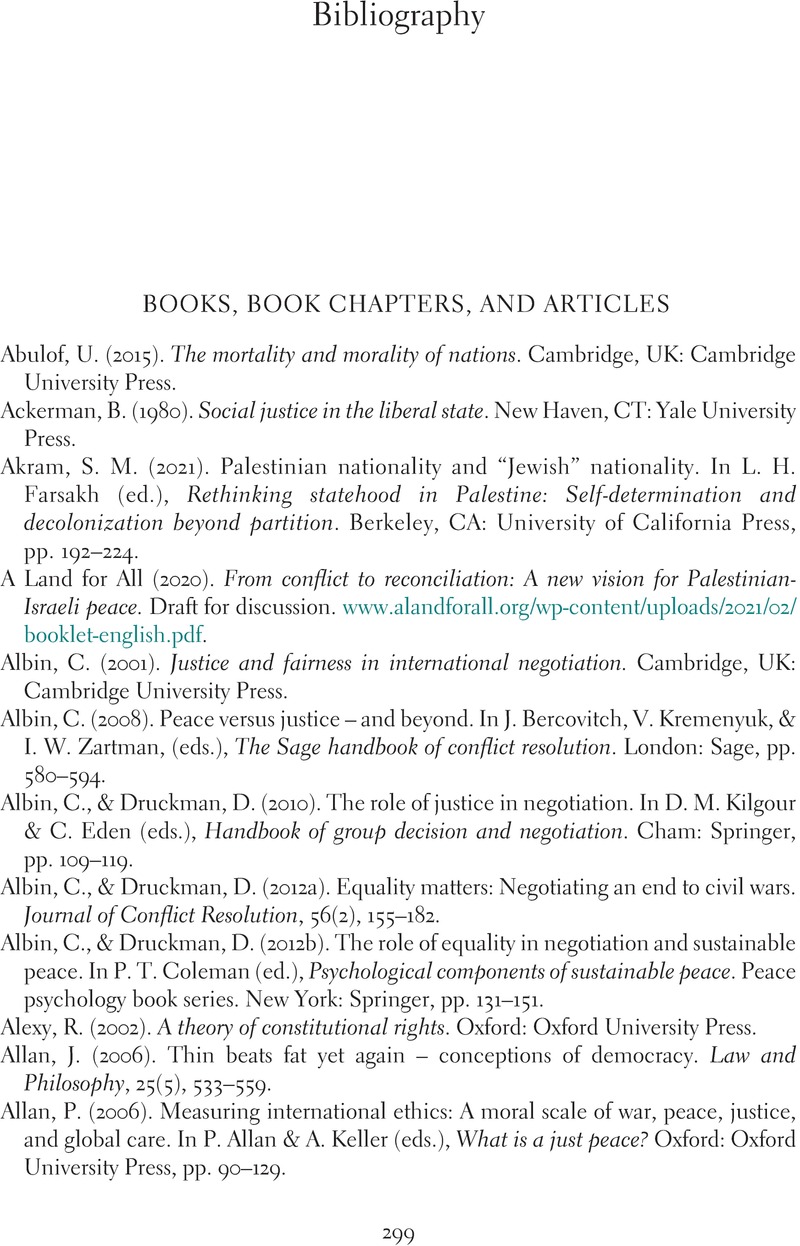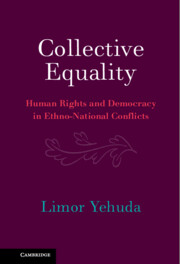Joint Parallel Report to the United Nations Committee on the Elimination of Racial Discrimination on Israel’s Seventeenth to Nineteenth Periodic Reports, 100th session, 10 November 2019, submitted by Al-Haq – Law in the Service of Man, BADIL Resource Center for Palestinian Residency and Refugee Rights, the Palestinian Center for Human Rights, Al Mezan Centre for Human Rights, Addameer Prisoner Support and Human Rights Association, the Civic Coalition for Palestinian Rights in Jerusalem, the Cairo Institute for Human Rights Studies, and Habitat International Coalition – Housing and Land Rights Network.
Google Scholar



